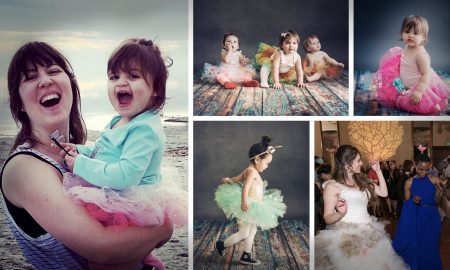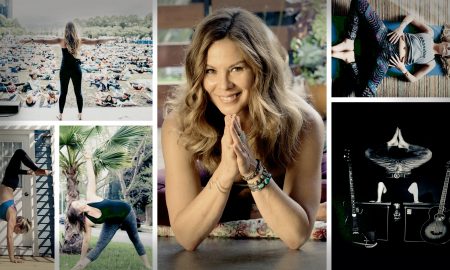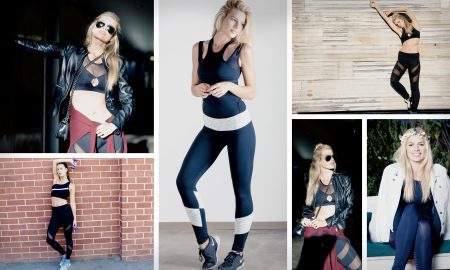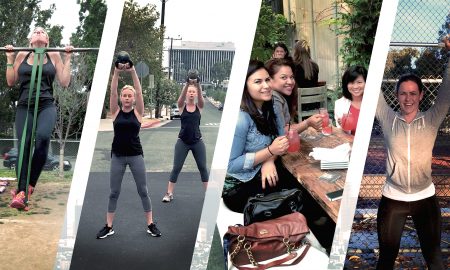

Today we’d like to introduce you to Riley Fields.
Hi Riley, we’d love for you to start by introducing yourself.
In order to get into my story, I find it best to start with setting a scene. Beginning in middle school, I would come home daily to log in to the family computer. First, I would start at MySpace, maybe change the HTML code on my profile or stalk the page of a scene queen, wishing that I could convince my dad to let me get the iconic raccoon hair. The Internet was a solace where I could be anonymous yet still feel connected outside of my small family in my sleepy little town in the Central Valley. Then I started growing up. My turbulent family life was countered with the internet and art. Filling up sketchbooks was something I would dive into.
Art was and continues to be a way that I am able to communicate with the world. As I got older, I decided to dive deeper and pursue an Arts Degree from Point Loma Nazarene University in San Diego, CA. I began to investigate my relation to my own identity, particularly how I am perceived as a woman. I took time to dissect my relation to self-portraiture and also the privacy of one’s home vs how you are portrayed. This cumulated in an exhibition where I broke down parts of myself into a hoarder-like collection of pieces of myself including everything from my driver’s license to my own saliva.
From undergrad, I quickly moved on to a Master of Fine Arts degree at Cranbrook Academy of Art in the suburbs of Detroit, MI. There I expanded my art to explore feminity, privacy, and relationship with the Internet. This time allowed me to really develop a language for myself. Not only this, but it also let me figure a lot about the person I wanted to be.
As I wrapped my studies, I moved to Orange County to be back in California. Since then, I have been working a corporate job while working on ways to carve out space for my artistic practice. In this artistic space, I also picked up a podcast, Friends Online, which explains Internet history and media to fellow Zillennials – those who fit between Millennials and Generation Z. I host it with my frequent collaborator and best friend, Benjamin Cabral.
Art became a way for me to critically look at the world around me and how I find the female perspective situated. It has and is still the primary way I seek to explain myself.
I’m sure you wouldn’t say it’s been obstacle free, but so far would you say the journey have been a fairly smooth road?
Just like any artistic practice, it definitely has been tough being outside of an academic institution. Finding time to work on developing a practice while working a 40-hour a week job can be difficult to balance.
The year immediately following grad school (back in 2018) was probably the hardest. I quickly moved back and away from a community of full-time artists. It was hard to not have a studio space, and affording one in Orange County was not really possible. I had been surrounded by artistic conversations but they were replaced with conversations about traffic and tv shows. By being more intentional with my time, I have slowly folded art back into my life.
Thanks – so what else should our readers know about your work and what you’re currently focused on?
I explore how identity is informed by technology, which involves a true and often falsified version of self. In an increasingly digital society, how do digital and physical identities intersect and differ from one another? I look at social and psychological aspects of how we watch, are watched, and watch ourselves; and how we can simultaneously belong and feel isolated within a contemporary network. I use video to communicate the slippage of constructed experience and even of self. Rave culture, scene queens, and even Snapchat filters are tools to investigate the female identity. This leads to how capitalism and neoliberalism inform identities and how much we participate in them to feel a sense of belonging.
My work uses low craft materials, digital media, and familiar feminine objects, which are informed by cuteness, the cyborg, and girlhood. In digital culture, physical items become dated, such as velour tracksuits, and I impart them with an imagined history through interventions. The gaze in my videos references a chosen social media outlet, being critical in the way we choose to film ourselves. I use specific lighting and domestic materiality to create a stage where shared intimacy is currency.
Currently, I am exploring young women’s identities as they are informed by Instagram. Increasingly, we are sold products and experiences that we aren’t even aware that we are being sold. Experiences are idealized, but all memories are. As a woman it feels as though I am told to fit into certain categories on the web, but each one I have to buy so much just to be able to fit in. I know these experiences are false and take copious amounts of time to construct, but I still participate in the same cycle. Is there ways to question a thing and still participate in it?
Where do you see things going in the next 5-10 years?
Due to the pandemic, I definitely see a shift in the art world happening. Mutual aid became stronger, and we definitely need community more than ever. Unfortunately, we did see more DIY spaces not able to afford to stay open in a physical capacity. However, I think we are rethinking what it means to take up space and also how to participate in the community. I have seen more inclusion in group shows happen.
Contact Info:
- Email: [email protected]
- Website: www.rileyleefields.com
- Instagram: @rileyseal















